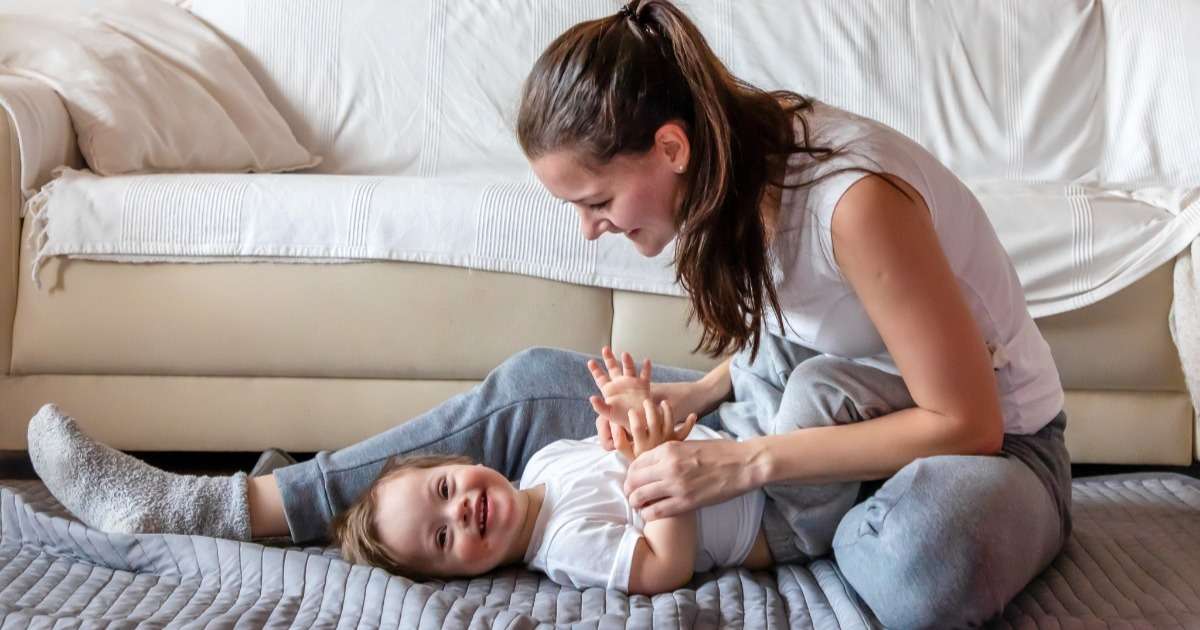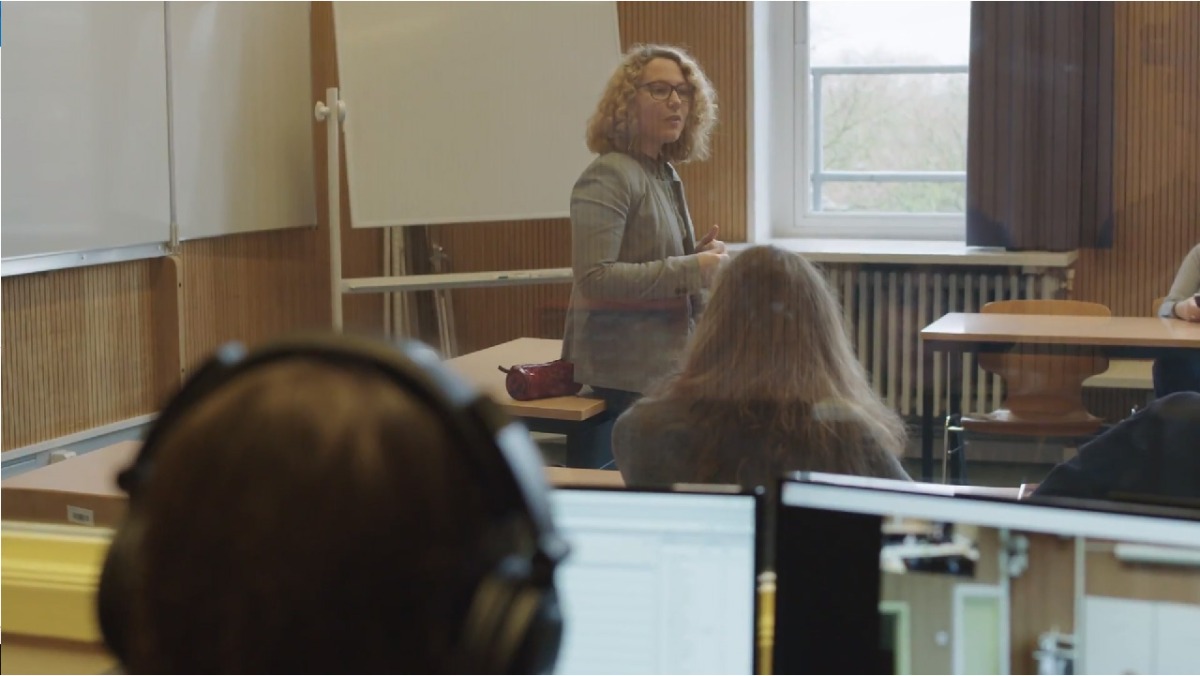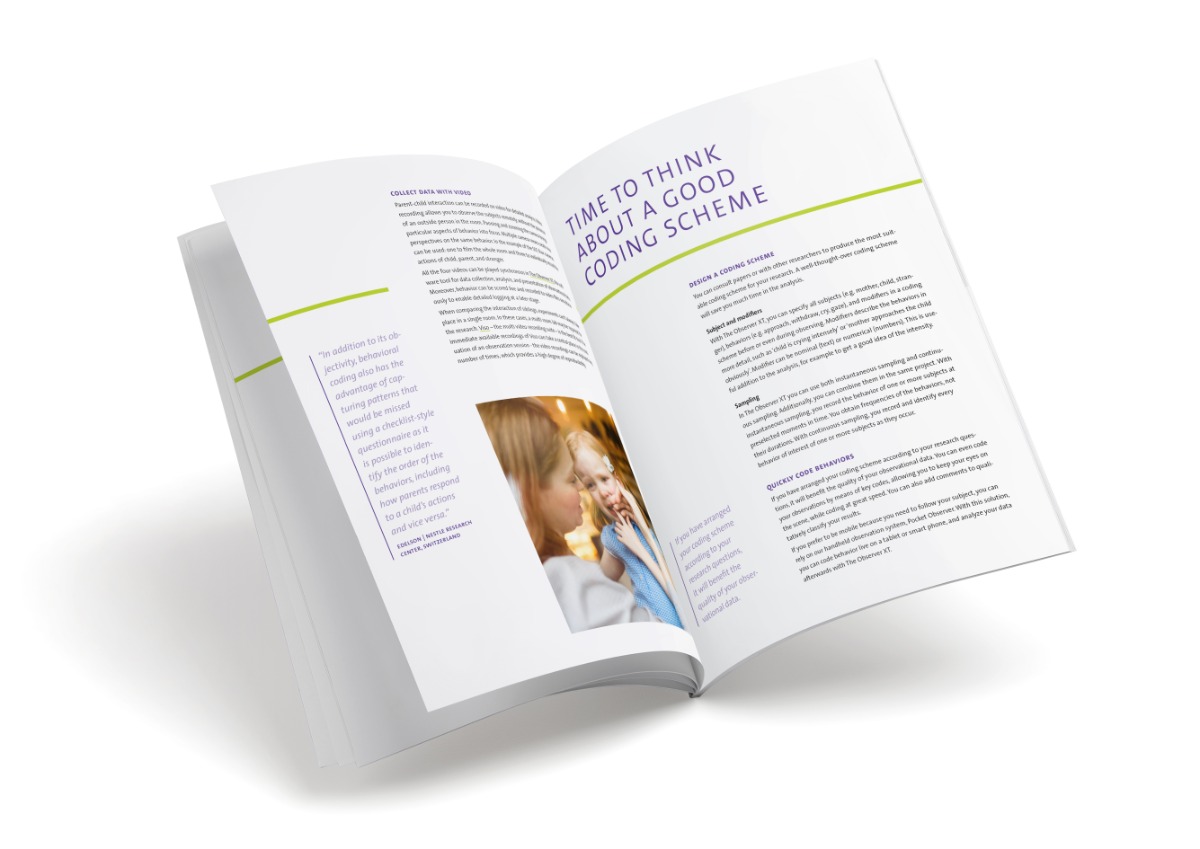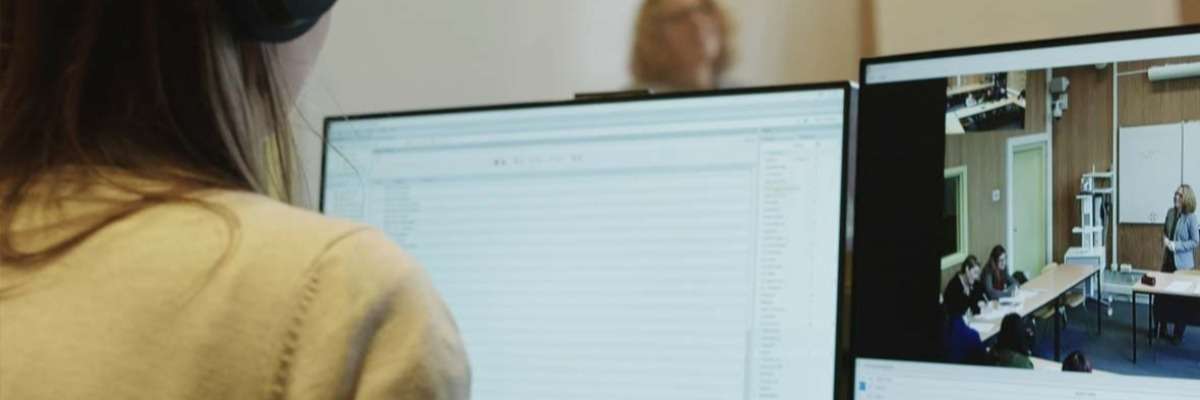
Unobtrusive observations
A question researchers ask themselves is: Where and how should we observe test participants in order to collect reliable data? Unobtrusive observation is seen as a reliable and effective method. Comparing it with participant observation, it is seen as more effective because the observer’s presence could influence the situation.
Observation lab with ceiling cameras
An observation lab is designed to allow researchers to observe test participants unobtrusively, in an environment similar to natural surroundings like a living room, kitchen or office space. Of course, test participants first give written permission to participate in the test and allow researchers to make recordings.
Portable lab set- ups
For some participant groups, for example elderly living in a nursing home, transfer to a stationary lab can be stressful or even impossible. In these situations, a portable observation lab would be ideal. An empty office space or the communal area can be turned into a lab in no-time.
How to build an AV lab?
Stable images, high quality video recordings, and clear recordings of speech and other sounds make all the difference in your data analysis and research results. Would you like to learn more about how to build an AV lab, so you can perform unobtrusive observations? Check out our ‘how to’ guide! Read tips & tricks to learn more!
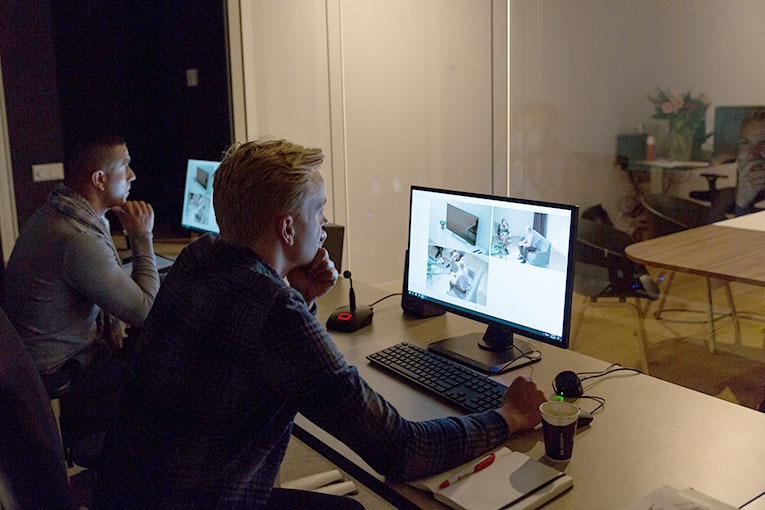
How to build an observation lab?
To get off to a good start, it is best to describe the research or tests that are going to be performed in great detail. With this description it becomes clear what kind of equipment will be needed and which physical environment would best suit this test or research. In general, the description should answer questions such as:
- How many participants need to be recorded at the same time?
- Do participants need to walk around in the lab?
- What kind of participants are observed? Realize that for children different camera positions may be needed than for adults.
- Are participants being invited to visit the lab? Is on-site research going to be performed? Or both?
- Do participants need to work at a computer, do they need to drink or eat, or play with toys?
- Where and in which room(s) should the lab be built?
Download the white paper and discover which requirements you should take into account when building an observation lab. Because you have to deal with many choices, this 'how to' guide will support you in overseeing the entire process.
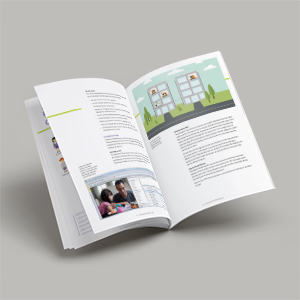
The Observer XT event logging software
Many different types of observations have in common that one or more participants are observed and that important events are written down or coded in event logging software.
Customer success story
Please watch the video of one of our customers and discover how The Observer XT is the right solution for gathering data and coding and describing behavior in an accurate and quantitative way.
Marie Bocquillon uses two labs, an observation lab, where trainee teachers are videotaped while giving a lesson to their peer students, and an interaction lab, where the video feedback sessions takes place.
Get the latest blog posts delivered to your inbox - every 15th of the month
more
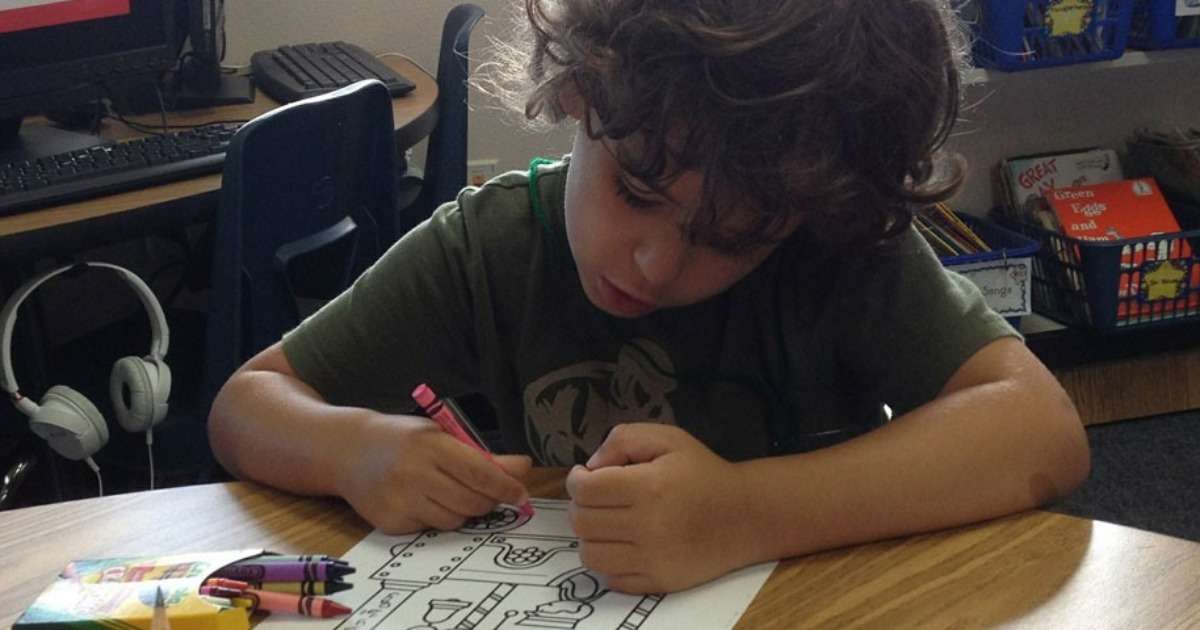
Classroom observations - behavior of children with and without ADHD
The relationship between reaction time variability and observed attention in children with and without ADHD.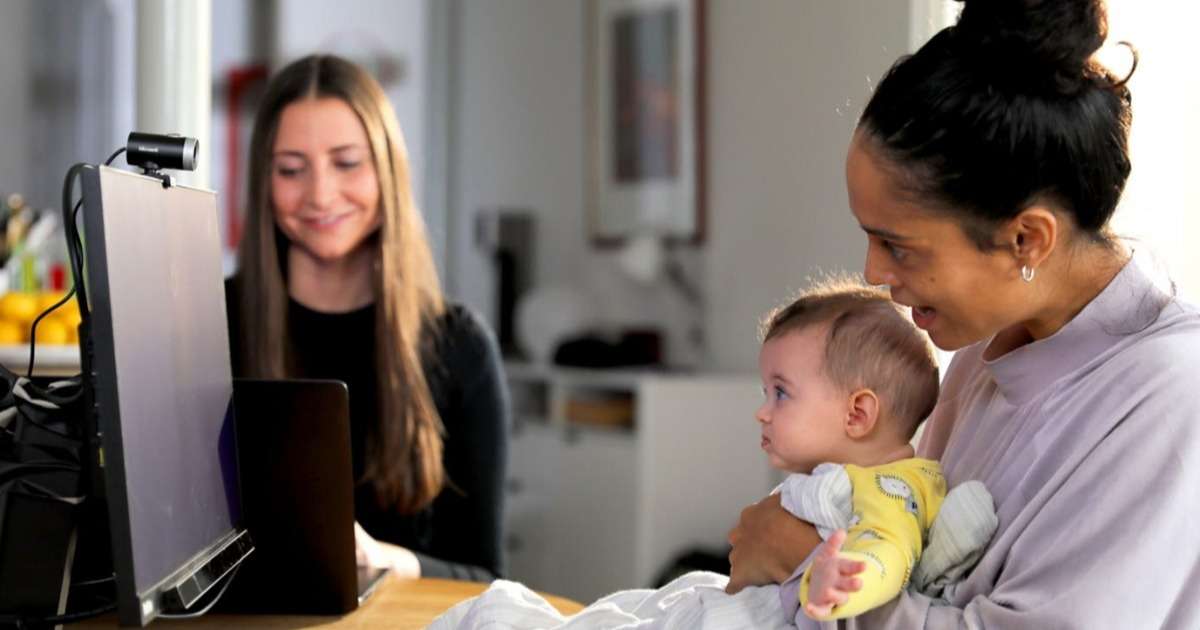
3 Examples of eye tracking lab set-ups
Can you imagine, in the 19th century the study of eye movements for instance was done by means of direct observations? Luckily, nowadays eye tracking can easily be automated.